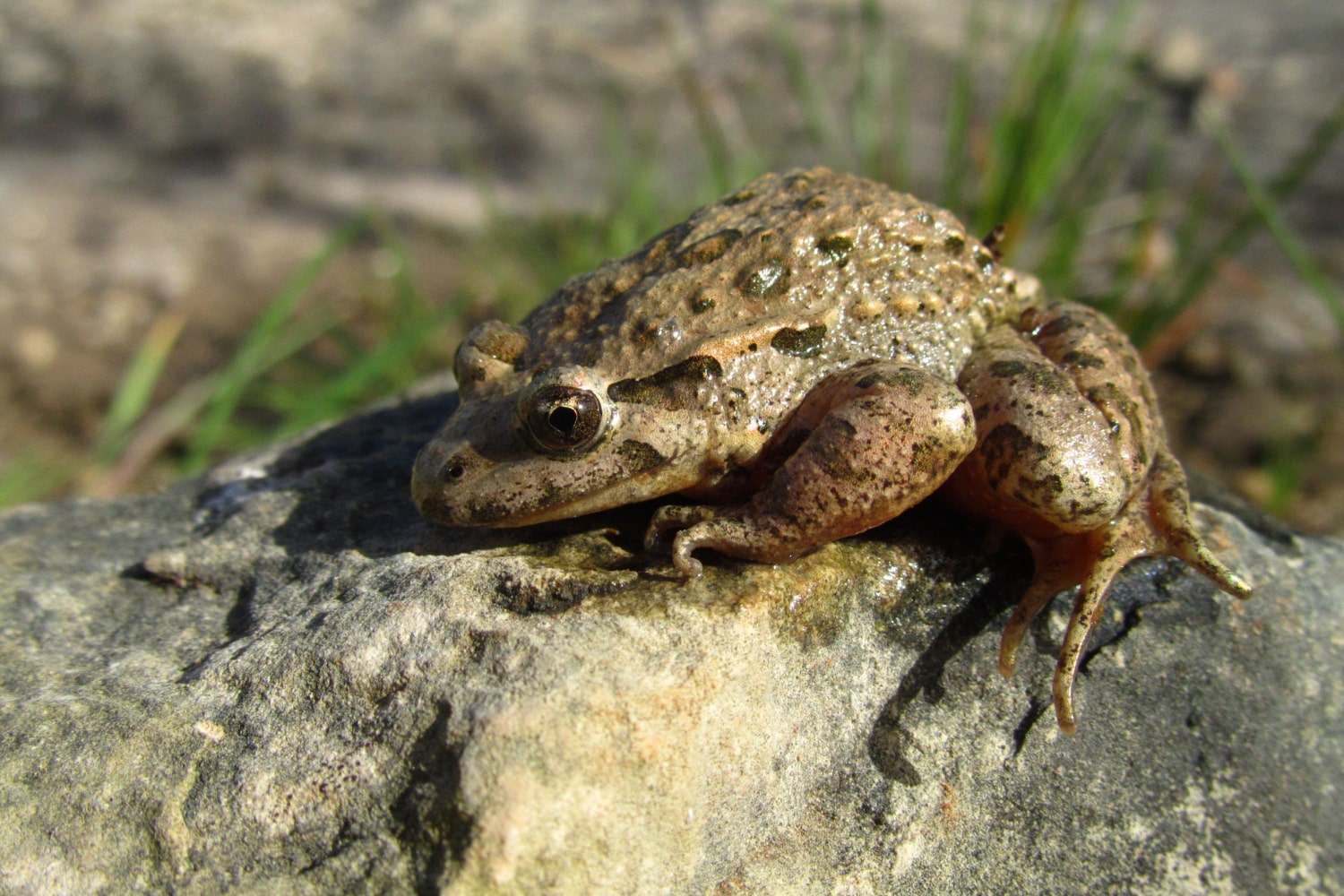Aga frogs are among the most unusual and controversial amphibians in the world. These large, heavy-bodied toads with warty skin and strong survival instincts are known for their ability to thrive in a wide range of environments. In their native habitats, they play a role in ecological balance, but in other parts of the world, they have become a serious environmental problem. Their behavior, adaptability and impact on ecosystems provoke both fascination and concern. Here are some interesting and educational facts about aga frogs you may not have known.
- Aga frogs originate from Central and South America, where they are part of natural ecosystems. They can be found in tropical forests, savannas and even near human settlements. They easily adapt to new environments and can rapidly expand their population. Their scientific name is Rhinella marina.
- An adult aga frog can grow up to 25 centimeters in length and weigh over 1 kilogram. This makes it one of the largest toad species in the world. Its skin is thick and covered in warts, providing natural protection. The toad’s coloration ranges from brown to gray, helping it blend into its surroundings.
- In 1935, aga frogs were introduced to Australia in an attempt to control insect pests that were damaging sugarcane crops. However, they failed to control the target species and instead became an invasive threat themselves. Today, their uncontrolled spread poses a serious ecological problem. They are considered one of the most damaging invasive species in Australia.
- Aga frogs are extremely poisonous and can be deadly to many animals. Behind their eyes are large parotoid glands that release a milky toxin when the toad is threatened. This poison can cause convulsions, paralysis or death in predators. Even domestic pets can die after contact with a aga frog.
- Unlike many other amphibians, aga frogs can spend long periods on dry land and do not require constant moisture. They are capable of surviving in arid regions by burrowing into the ground during dry spells. This makes them highly resilient and difficult to eliminate from non-native environments. Their adaptability is a key factor in their spread.
- Aga frogs are opportunistic feeders and will eat almost anything they can swallow. Their diet includes insects, small mammals, baby birds, lizards, snakes and even other toads. They use their sticky tongues and fast reflexes to capture prey quickly. Their voracious appetite disrupts local food chains and harms native species.
- Female aga frogs can lay up to 30,000 eggs in a single breeding cycle. The eggs form long jelly-like strings that wrap around aquatic vegetation. Tadpoles develop quickly and are also toxic to most predators. This toxicity gives them an advantage from the earliest stages of life.
- Because of their toxicity, aga frogs have few natural predators. However, some animals have evolved strategies to eat them without being harmed. For example, certain snakes in Australia consume only the non-toxic parts of the toad’s body. Some predatory birds have learned to avoid the poison glands. Still, most predators that attack aga frogs do not survive.
- Aga frogs can live for a surprisingly long time. In the wild, they often live 10 to 15 years, while in captivity they may live up to 20 years. Their long lifespan combined with high reproductive output allows them to build massive populations. This contributes to their success as an invasive species.
- In some cultures, aga frog toxin is used in traditional rituals. In parts of South America, it is applied in shamanic ceremonies to induce visions or physical purging. However, the toxin is extremely dangerous and can be lethal if improperly handled. These practices remain controversial among medical professionals and scientists.
- In regions where aga frogs have become pests, various control efforts have been implemented. In Australia, people use traps, conduct scientific research and promote public awareness. Some programs even encourage citizens to collect and destroy aga frogs. Despite these efforts, eradicating the species completely has proven nearly impossible.
- Despite their bad reputation, aga frogs are the focus of important scientific research. They are studied in fields such as toxicology, invasive species biology and evolutionary adaptation. Their case helps scientists understand how introduced species can affect ecosystems. Aga frogs have become a symbol of the unintended consequences of human interference in nature.
These incredible facts about aga frogs help us better understand the complexity of this species and its global impact. They show how a single animal can be both beneficial and harmful depending on the context. Aga frogs are a striking example of survival and adaptation, but they also remind us of the need for caution when dealing with natural systems. Such fascinating facts can inspire both scientific curiosity and greater environmental responsibility.





